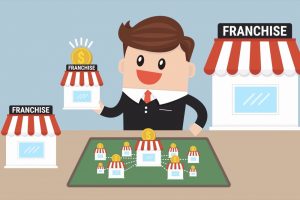Determining the Tax Treatment for Service Items
Determining the taxes to apply for specific service items can be a complex process, as it depends on various factors, including the type of service, the location of the business, and the applicable tax laws and regulations. Here are the general steps a merchant can follow to determine the taxes to apply for specific service items:
- Identify the Tax Jurisdiction: The first step is to determine the tax jurisdiction where the service is being provided. Tax laws can vary at the national, state or provincial, and local levels, so it’s essential to know the specific tax rates and rules that apply to the business’s location.
- Determine the Service Category: Different types of services may be subject to different tax rates or exemptions. Categorize the service items based on the relevant tax laws to ensure accurate tax calculations.
- Research Tax Rates: Find out the current tax rates applicable to the identified service categories in the tax jurisdiction. Tax rates can vary for different services, and they may also change over time, so it’s crucial to use up-to-date information.
- Check for Exemptions and Special Rules: Some services may be exempt from certain taxes or subject to special rules. Research any exemptions, deductions, or reduced tax rates that may apply to specific service items.
- Consider Customer Location: If the business provides services to customers in different tax jurisdictions, it may need to charge different tax rates based on the customer’s location. In some cases, the business may need to collect taxes based on the “destination-based” tax rules.
- Consult with a Tax Professional: Tax laws can be complex, and their interpretation can vary. It’s advisable for merchants to seek guidance from a qualified tax professional or accountant who can help them understand the applicable tax laws and ensure compliance.
- Update the Point of Sale (POS) System: Once the merchant has determined the correct tax rates for specific service items, they need to ensure that their POS system is configured correctly to calculate and collect the appropriate taxes from customers.
- Regularly Monitor Changes: Tax laws can change, and new regulations may be introduced. Merchants should regularly monitor tax updates to ensure ongoing compliance with the latest tax requirements.
By following these steps and staying informed about tax regulations, merchants can accurately apply the correct taxes for specific service items, minimizing the risk of errors and ensuring compliance with tax laws.







